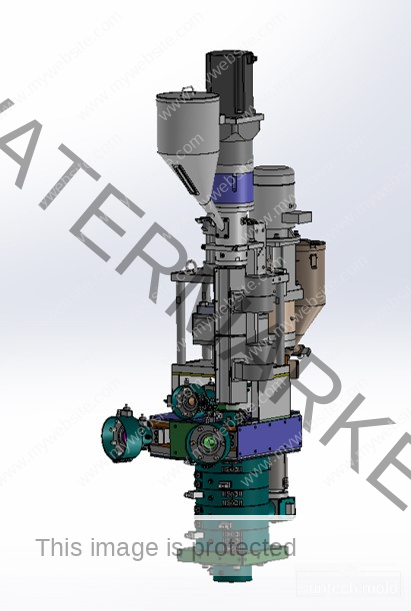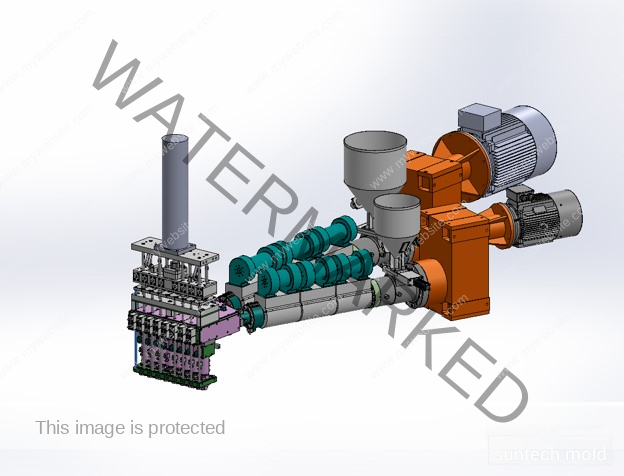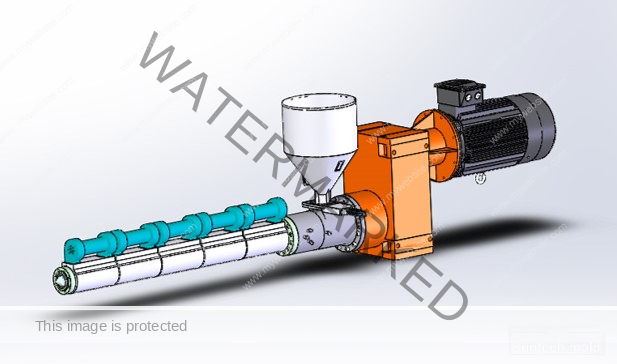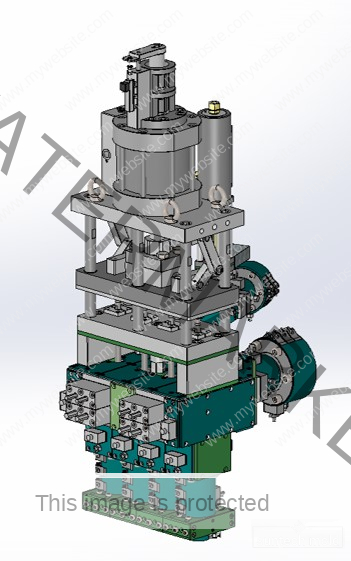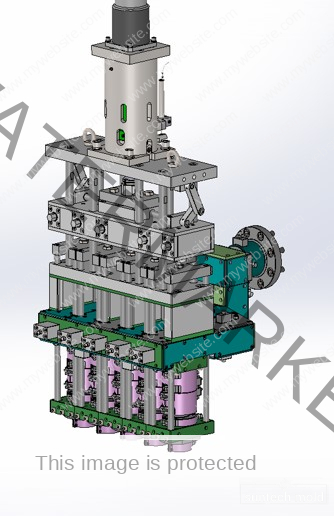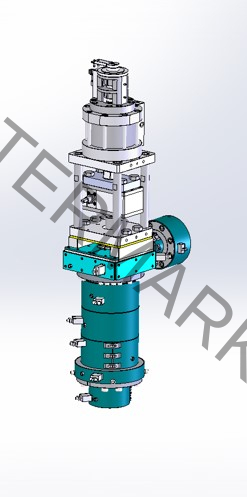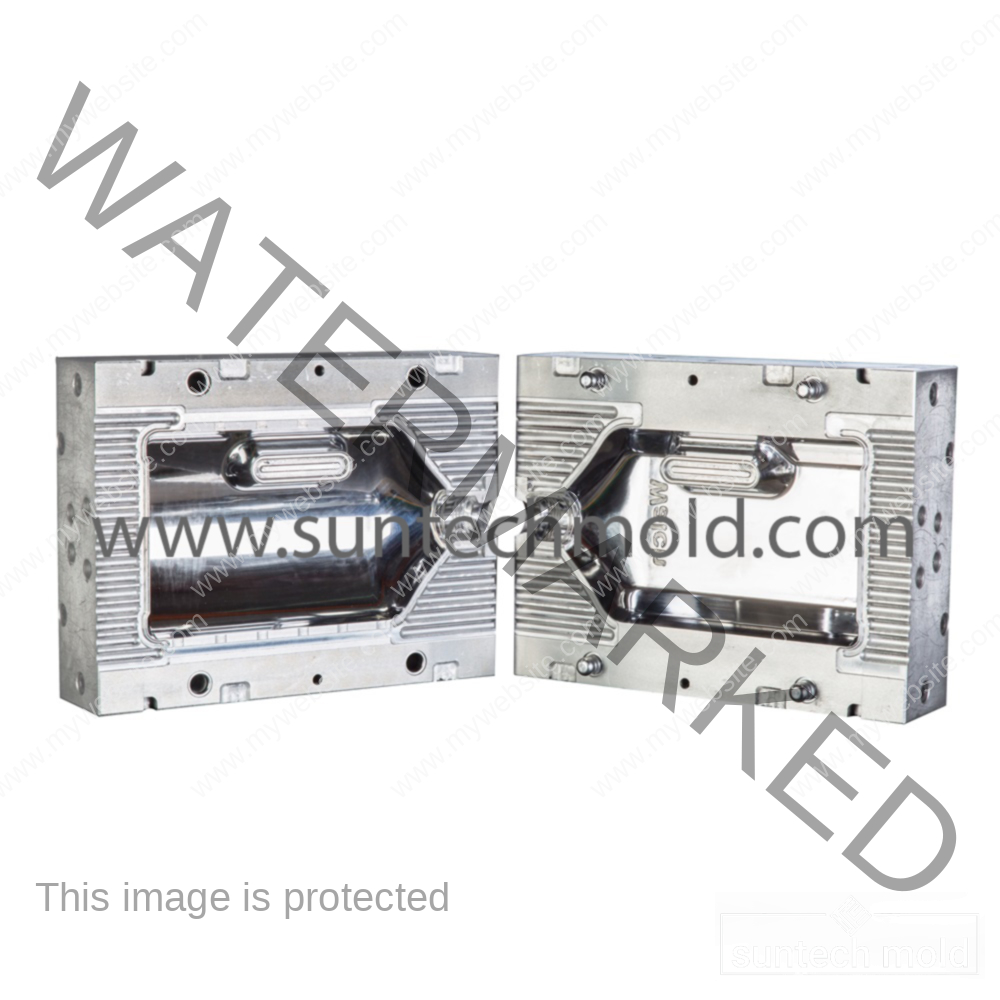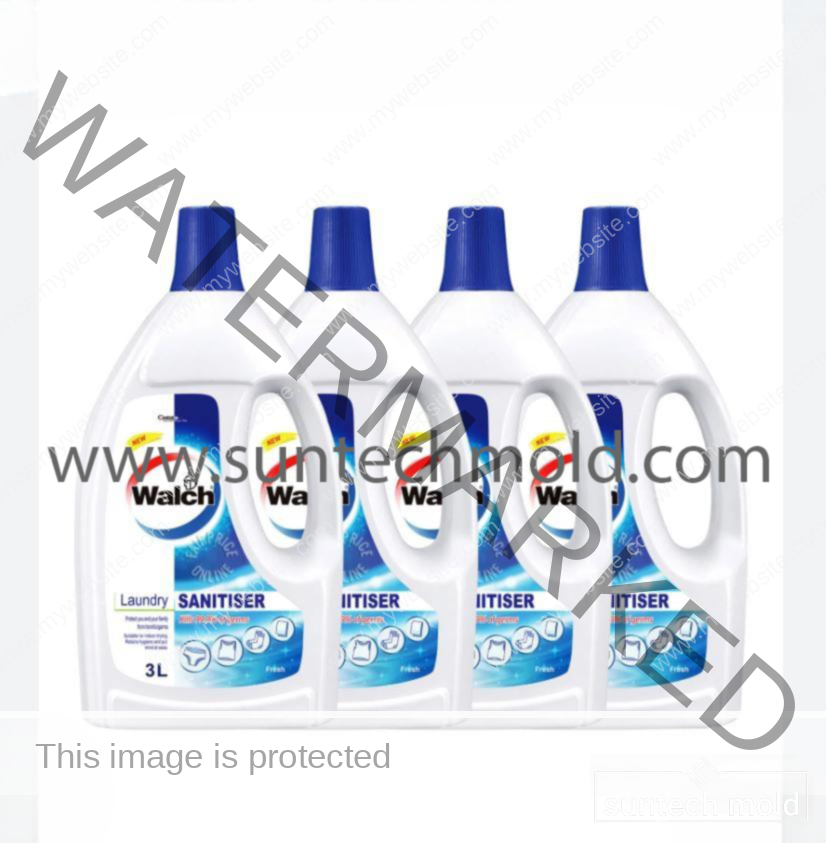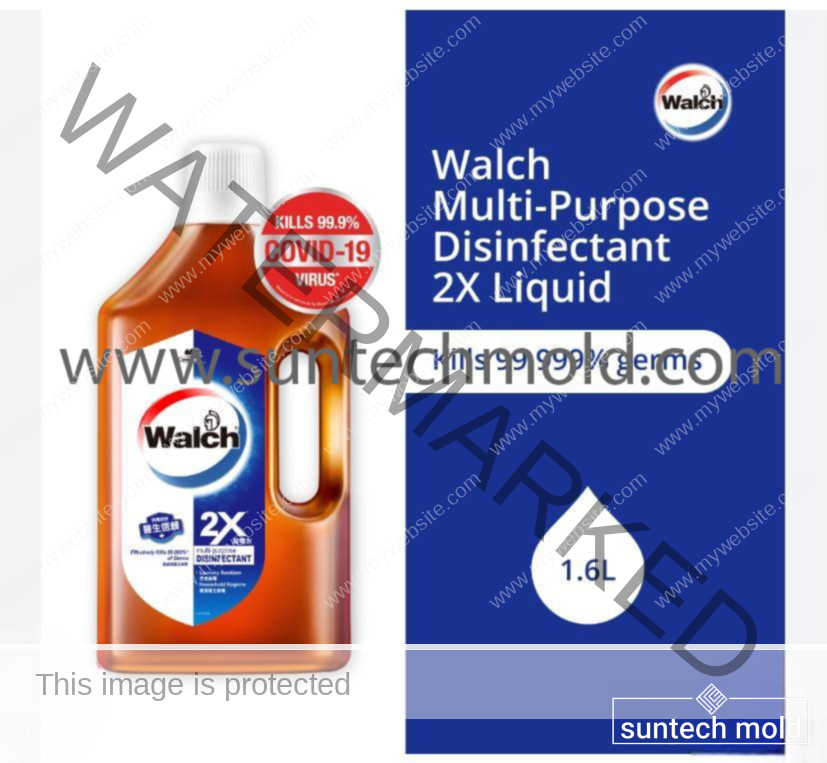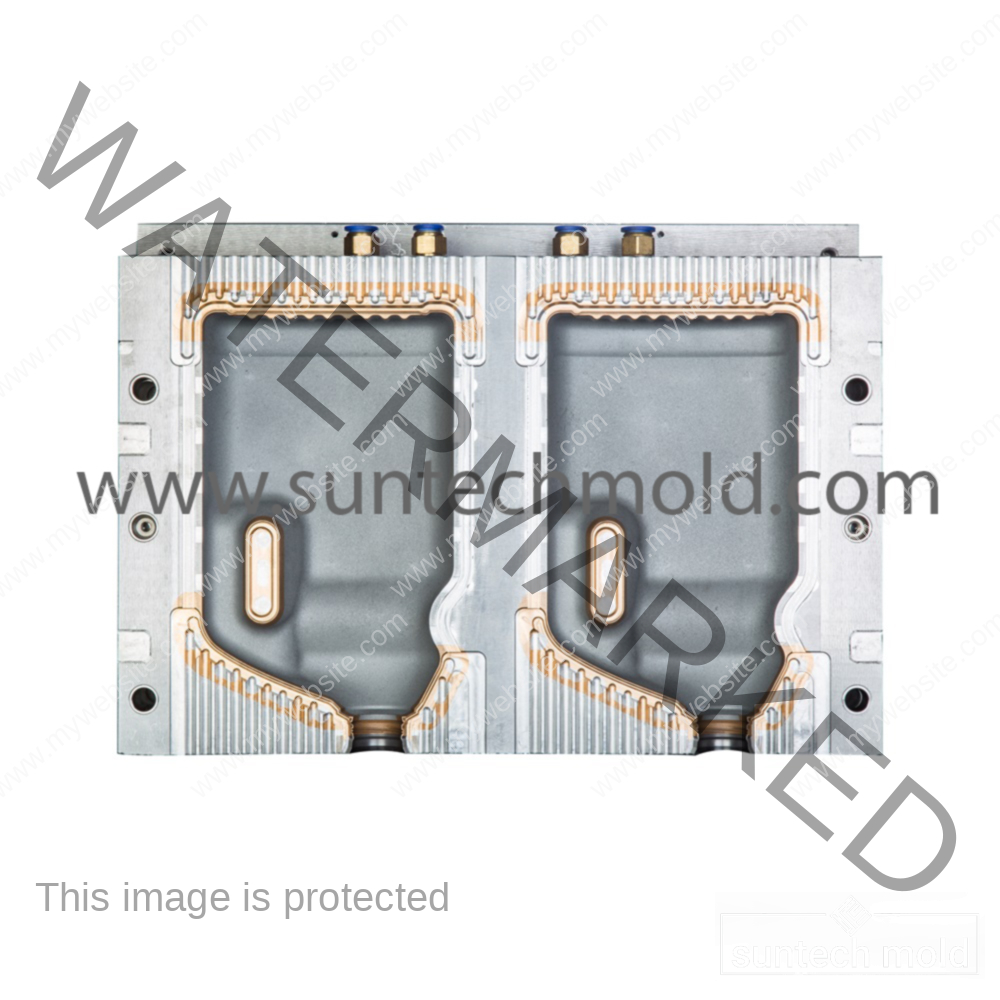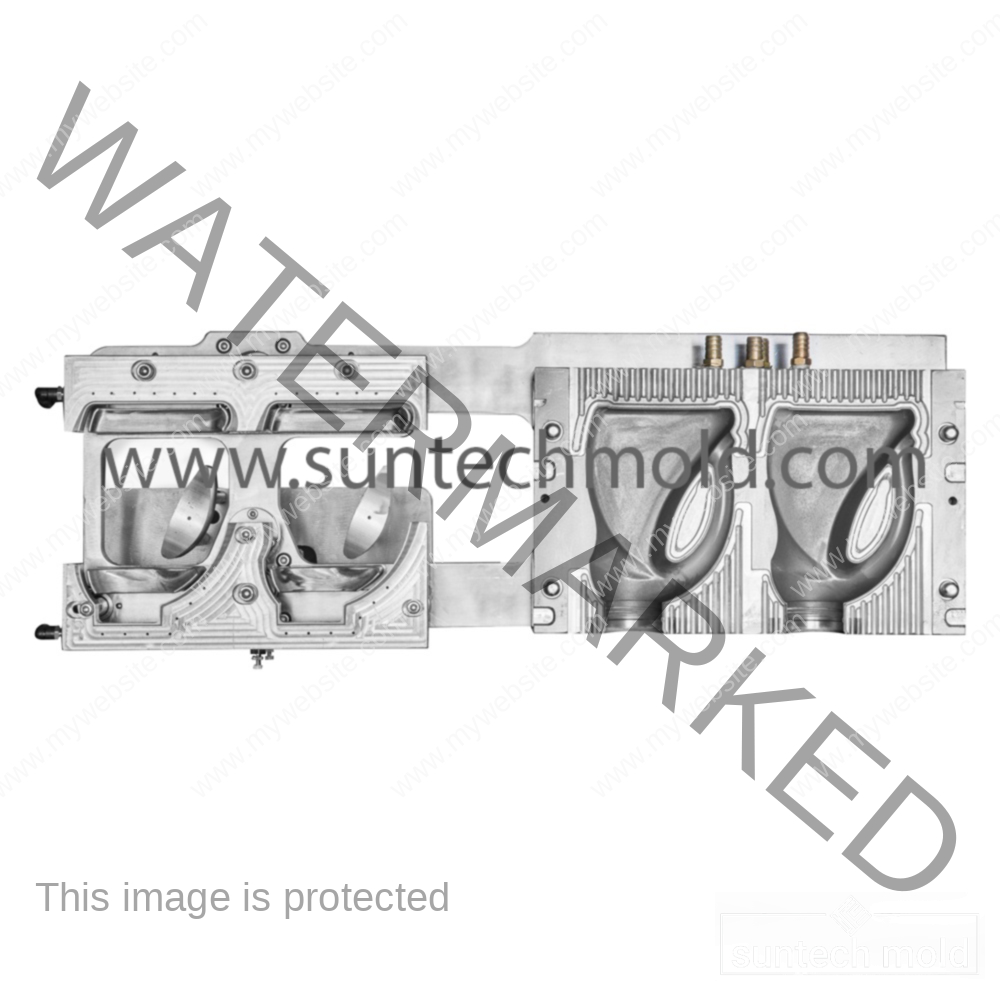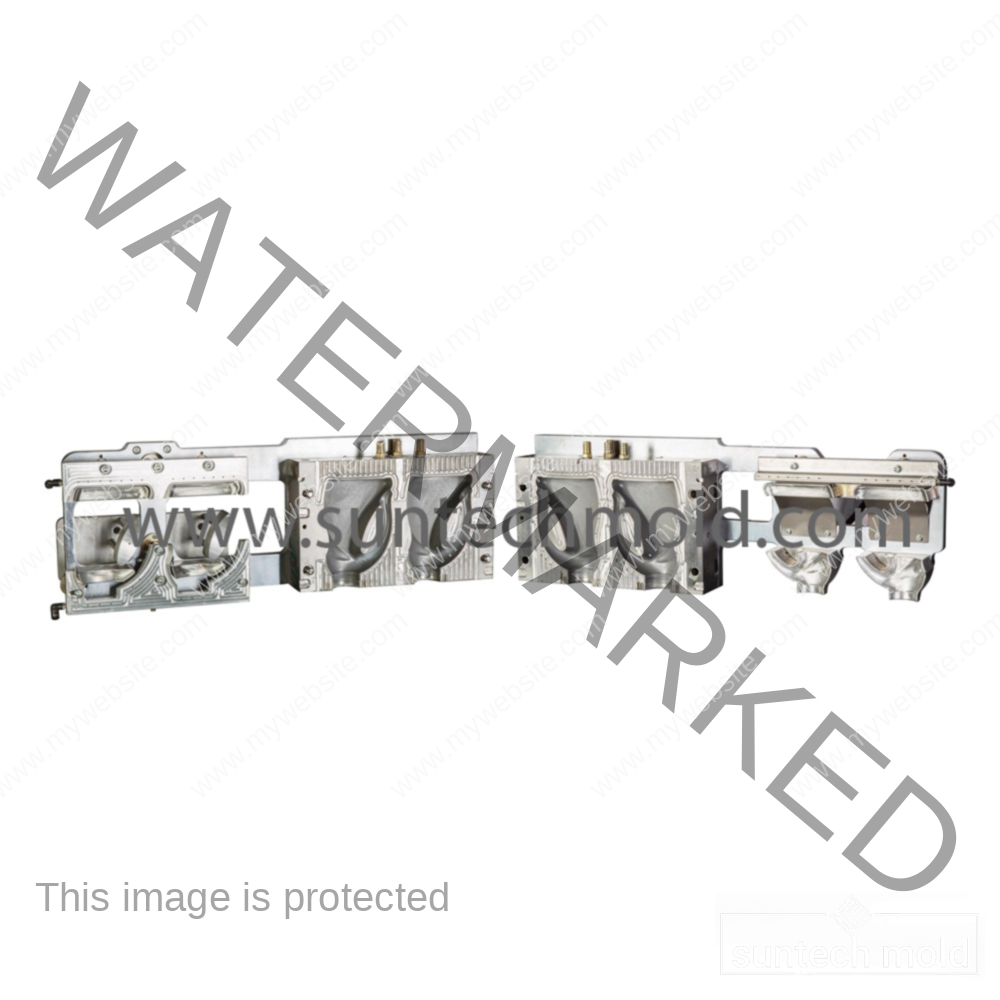Laundry Sanitizer Mould (Suntech)
Producing reliable and durable packaging is crucial for household and cleaning products. The laundry sanitizer mould plays a key role in shaping bottles that are strong, safe, and convenient for everyday use. However, designing these molds can come with several challenges. Fortunately, by understanding these issues early, manufacturers can save time, reduce costs, and improve product quality.
In this product guide, we’ll explore common design challenges for laundry sanitizer moulds, along with practical solutions to help your production run smoothly.
Mold Design Challenges and Smart Solutions
Creating a perfect laundry sanitizer mould requires attention to detail and a solid understanding of manufacturing needs. Let’s walk through the major hurdles and how to solve them.
1. Complex Geometry
Challenge:
Bottles for laundry sanitizer often have unique shapes to stand out on store shelves. However, the more complex the design, the harder it becomes to manufacture efficiently.
Solution:
To solve this, advanced CAD software (computer-aided design) should be used. It allows engineers to visualize bottle shapes in 3D, test fit, and optimize the structure before physical production begins.
2. Wall Thickness Uniformity
Challenge:
Uneven wall thickness can lead to weak spots in the bottle. It may also affect the bottle’s ability to hold liquid without deforming.
Solution:
Use mold flow simulation tools to study how the plastic fills the mold. This will help ensure the laundry sanitizer mould distributes material evenly, improving durability and saving costs.
3. Ejection Issues
Challenge:
Sometimes, bottles can get stuck inside the mold if the angles are too steep or if the ejection system isn’t designed correctly.
Solution:
Incorporate proper draft angles into the design. Also, using ejector pins or plates helps remove the bottle smoothly without damage, ensuring a faster production cycle.
4. Cooling Efficiency
Challenge:
Slow or uneven cooling increases cycle time and may cause warping or defects.
Solution:
An efficient cooling system is essential. Optimizing the placement of cooling channels helps maintain a stable mold temperature, reducing downtime and improving bottle quality.
5. Material Selection
Challenge:
Choosing the wrong plastic can affect the bottle’s ability to resist chemicals, hold its shape, or be recycled.
Solution:
HDPE (High-Density Polyethylene) is often the best choice due to its chemical resistance and recyclability. Always review the material’s compatibility with the product inside and ensure it meets safety requirements.
6. Variable Production Volume
Challenge:
Manufacturers may need to adjust production volume depending on demand. Designing one mold to handle all volumes is often inefficient.
Solution:
Design modular molds that can be scaled up or down. This allows you to change the number of cavities as needed without sacrificing quality.
7. Quality Control Integration
Challenge:
Ensuring that every bottle meets quality standards can be difficult during fast production runs.
Solution:
Add inspection features into the mould itself. These might include test ports for leak checks or visible markers for alignment verification, allowing your team to catch problems early.
8. Cost and Budget Limits
Challenge:
Balancing high-quality production with budget limits can be tough.
Solution:
Start by analyzing which mold features are essential and which are optional. A well-planned design with fewer but high-impact features can still perform well while staying within budget.
9. Regulatory Compliance
Challenge:
Bottles must follow industry regulations, especially for safety, material use, and labeling.
Solution:
Stay updated on relevant local and international guidelines. Make space in the bottle design for required labels, safety warnings, and recycling symbols to avoid later changes.
10. Maintenance and Long-Term Use
Challenge:
Over time, molds can wear out. Without proper maintenance access, downtime increases, and repair costs rise.
Solution:
Choose high-quality metals such as 7075 aluminum or hardened steel for mold parts. Additionally, design the laundry sanitizer mould to allow for easy disassembly, cleaning, and part replacement.
Conclusion
The design of a laundry sanitizer mould is a critical step in ensuring product safety, durability, and production efficiency. From selecting the right materials to optimizing cooling and ejection systems, each detail matters. While challenges are common, the solutions are clear and achievable with good planning and expert collaboration.
By using smart design tools, maintaining quality control, and choosing materials wisely, manufacturers can create reliable molds that produce bottles which meet both market and regulatory expectations.
If you’re ready to improve your bottle production with a high-performance mould, contact our team today to explore customizable solutions that match your production goals.

